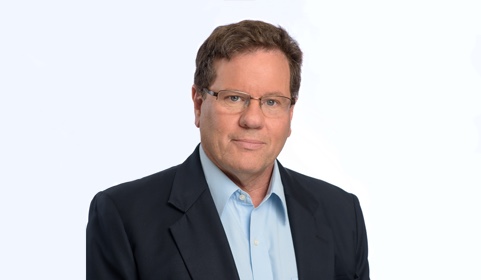Expedited Proceedings at USPTO

As part of its efforts to streamline and accelerate the examination process of patent applications, the USPTO is implementing a multi-track accelerated examination process. One of the tracks – Track 1 provides for an expedited examination process that is not through reliance on search results from other patent examining authorities, but only requires payment of a fee. Under Track 1, the entire examination process will be completed within a period of 12 months.
The USPTO, like all major Patent Offices, is overburdened with applications and has a large examination backlog. In order to reduce its workload and accelerate examination procedures, a multi-track accelerated examination program for patent applications is being implemented by the USPTO1. The basis for accelerated examination in most tracks is reliance on search and examination results from other patent examining authorities and specially designated contractors. In contrast, Track 1 permits an accelerated examination procedure subject to payment of a fee of US$ 4,000.
Under Track 1, an application would receive special status and be treated preferentially until a final decision in the case. The goal is to complete the examination process of an application examined under Track 1 within a period of 12 months. By the end of this 12-month period, one of the following should occur:
- Mailing of a Notice of Allowance.
- Mailing of a Final Office Action2.
- Filing of a Notice of Appeal3.
- Declaration of Interference4.
- Filing of Request for Continued Examination (RCE)5.
- Abandonment of the application.
The Track 1 program has not yet been implemented but it was announced by the USPTO that it will be implemented by May 2011.
In order to qualify for this accelerated procedure track, a patent application will have to meet the following requirements:
- It has to be filed electronically.
- It may contain no more than 4 independent claims and no more than 30 claims in total.
- No extensions will be allowed. Should use be made of an extension the preferential treatment under Track 1 will be terminated immediately.
The Track 1 program is available for regular utility applications as well as for continuation or divisional applications that are filed on or after the date on which the program is implemented. It should be noted that the USPTO has also announced that the fee may be adjusted after the costing of this procedure is better understood.
The USPTO will likely limit the number of applications that will be accepted into the Track 1 program. As this preferential status will be accorded to applications on a first come, first served basis, those that will be late to apply for Track 1 procedure, may miss the opportunity to do so.
Hitherto, in order to obtain accelerated examination status the applicant was required to make an extensive search and provide the USPTO with an examination supporting document. Provision of such a document had the potential effect of creating a serious prosecution history liability and accordingly this route was generally not recommended and rarely used by applicants6. The new Track 1 program is the first true and risk-free procedure for accelerated examination, without the need to rely on search and examination results from other patent offices7, and is recommended to those seeking or in need of rapid issuance of a US patent.
1 The purpose of the multi-track examination process, as announced by the USPTO, is as follows:
“The United States Patent and Trademark Office (USPTO) should move to a Multi-Track Examination Process to allow the USPTO to better leverage search results from foreign intellectual property offices (IPOs) and qualified contractors called Contractor Search Service (CSS) organizations.”
And further:
“The Multi-Track Examination Process, outlined in the next several pages, will reduce many of the current system’s shortcomings and transform the current system into a more efficient and effective patent system for all parties involved.”
2 An office action issued by the USPTO, usually following the second round of examination, when the applicant was unsuccessful in his argument to traverse the examiner’s objections, and is thus qualified as “final”. If the applicant is then still unsuccessful in traversing the objections the available options are the filing of an RCE application or a notice of appeal (see below).
3 A notice of appeal on the examiner’s objections submitted to the Board of Patent Appeals and Interference, which is a judicial instance within the USPTO.
4 Proceedings that may be initiated by the USPTO when it finds an overlap with another patent application or patent, and in the framework of which a determination of who has senior rights will be made (also an applicant can declare interference but this is rarer). It may be recalled that in the US patent rights are given to the first to invent and not necessarily to the first to file its application.
5 Request of Continued Examination, which is a refiling of the application, under the same serial number, following failure to traverse an examiner’s objections laid down in a final office action. The RCE essentially provides additional rounds of examination.
6 The costs associated with the preparation of such a document were also often prohibitive for such a procedure.
7 For example, under the patent prosecution highway (PPH) according to which patent offices rely on examination results of one another.
This article is provided for general information only. It is not intended as legal advice or opinion and cannot be relied upon as such. Advice on specific matters may be provided by our group’s attorneys.
